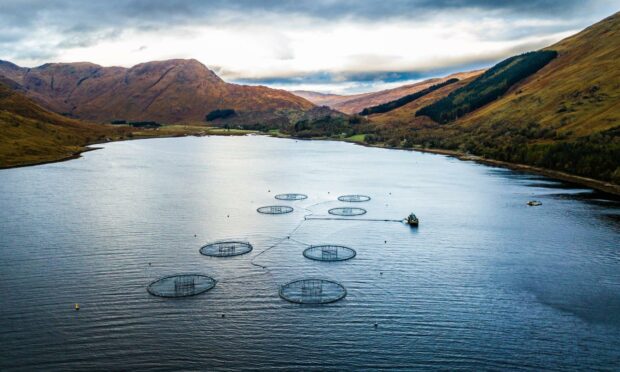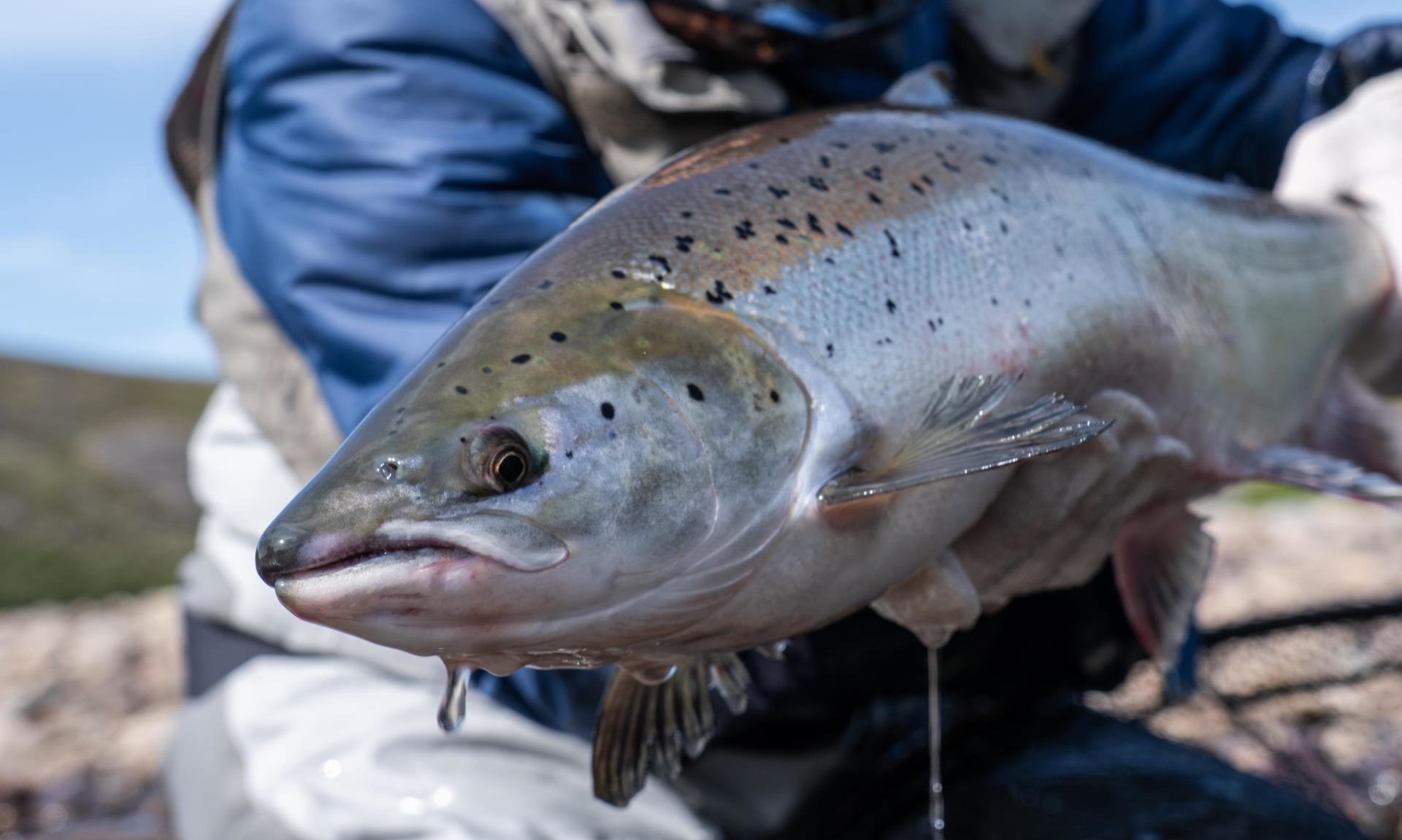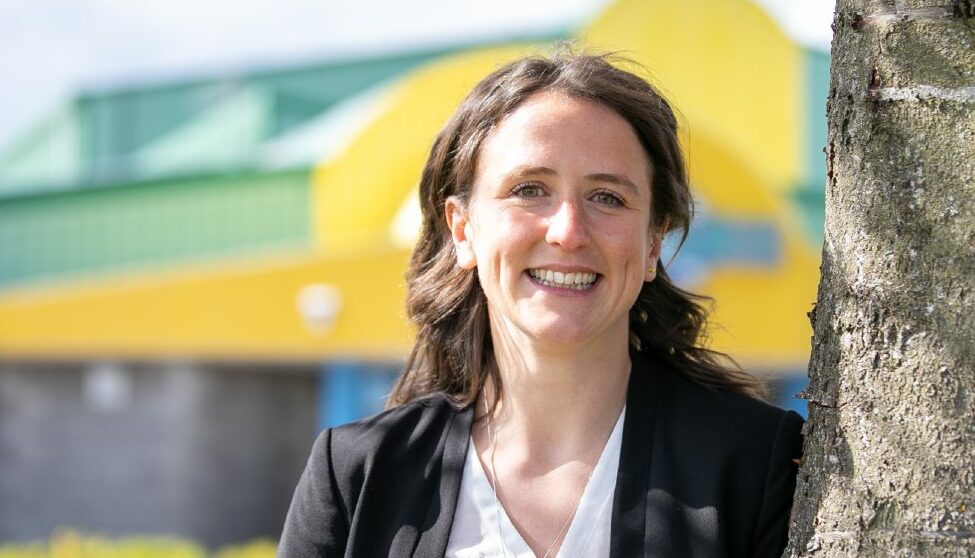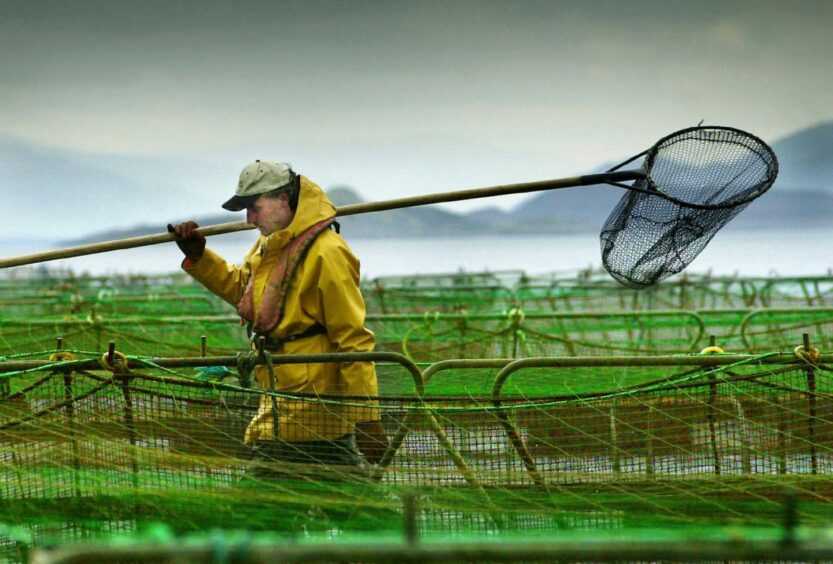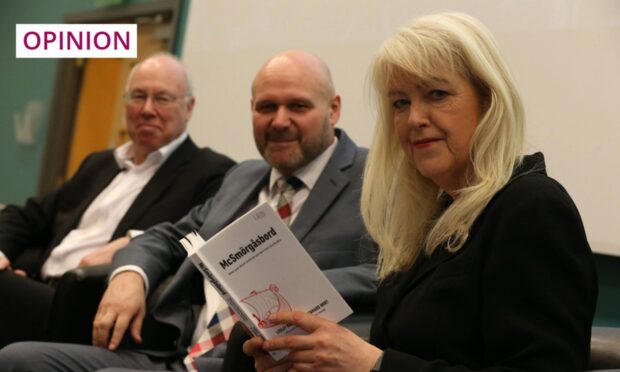Supporting more than 2,500 local jobs and exporting £12 million every week, Scottish salmon makes an astounding contribution to the rural economy.
There is an insatiable desire for our country’s unrivalled farm-raised salmon, making it the UK’s biggest food export.
Last year, despite the challenges of Covid, nearly 100,000 tonnes were exported from the north coast and west Highlands, Shetland, Orkney, the Outer Hebrides and Argyll and Bute.
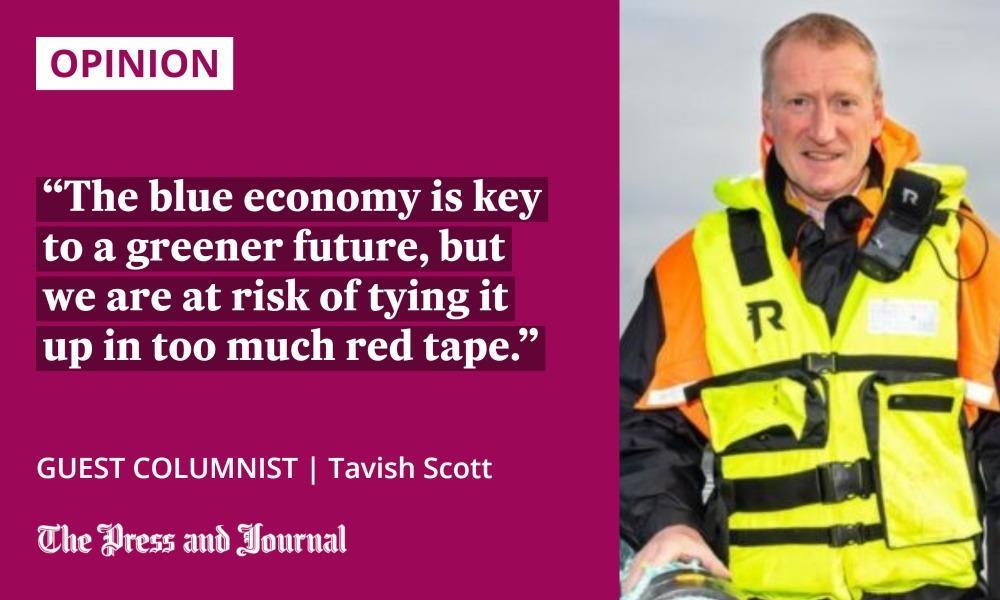
With a lower carbon footprint than all other major UK-produced animal proteins, and delivering 70% of a person’s daily vitamin D needs in a single portion, the Scottish salmon sector delivers for the economy, the environment and the health of the nation.
All this has been possible despite some of the toughest regulatory processes which make salmon farming in Scotland a more expensive, cumbersome and bureaucratic business than elsewhere. Imagine what we could achieve with a fairer system.
A blueprint for change
At present, it costs more, takes longer to get permissions to farm, and the barriers are harder to navigate than in other countries. The blue economy is key to a greener future, but we are at risk of tying it up in too much red tape.
Scottish salmon farming is growing at about 1.4% per year, but Norway’s salmon farming sector is growing at three times that rate. In Iceland, it surged by an astonishing 35% last year. We are falling behind our Scandinavian neighbours – and fast.
If we stand still, then Scotland, and the 10,000 jobs that depend on salmon, will be squeezed out. That’s why we need a regulatory framework that is both transparent and efficient to ensure that Scottish salmon retains its place as the flag-bearer for quality Scottish exports.
Fortunately, the Scottish Government now has a blueprint to achieve this.
Use licensing money to support local people
Last month, Professor Russel Griggs published an independent review into the system governing aquaculture in Scotland. The report confirmed that the current set-up does not work.
The task now is to implement the review’s recommendations so that we can build a framework that is fairer, efficient and more transparent.
We are very pleased that the government’s cabinet secretary for rural affairs and islands, Mairi Gougeon, accepted these independent recommendations. It is right and proper that our sector is regulated.
But, surely it would be sensible to have a single body in charge, with all relevant regulators feeding into that one organisation? That is how it is done elsewhere.
Professor Griggs has also recommended a single licensing payment for salmon farms, to cover the costs of all the regulatory bodies involved and provide funding for local communities. We want to see more of the money our farmers spend on licensing used to support people living and working in the places where we farm.
Scottish salmon already delivers a huge economic boost for the region through product sales, both at home and abroad, providing well-paid jobs with average salaries of around £38,000, and supporting the wider supply chain.
Rather than swelling the coffers of the regulators, rents should be used to help local people in the Highlands and Islands, and the other regions where we farm
But there is more that could be done with the money that is currently sent to regulators, which too often stand in the way of responsible, sustainable aquaculture growth.
Take housing, for example – we know how challenging it is in the region for young people to get on the property ladder. More and more houses are unavailable for local occupancy, with huge social and economic consequences.
Imagine if we explored how to use the sums our farmers pay to regulators for other community benefits, such as more housing.
Put salmon farming on a path to long-term sustainability
Our members have paid more than £20 million into Crown Estate Scotland over the last five years – and the charge could soon almost double, with rents set to be hiked by 95%.
Despite requests, we have received no details on how – or even if – this extra money will actually be used to help residents in the areas where it is raised. Rather than swelling the coffers of the regulators, rents should be used to help local people in the Highlands and Islands, and the other regions where we farm.
The Griggs report must be implemented quickly, properly and in the spirit which he intended, so that we can put salmon farming in Scotland on a path to long-term sustainability and responsible growth.
This will not only allow us to compete with our Scandinavian neighbours, but also transform the local communities where we farm.
Tavish Scott is chief executive of Salmon Scotland
